Dupa plasarea solicitării de comandă, in sectiunea Istoric puteti vedea cate solicitări de comandă mai avem de procesat inaintea dumneavoastra
Program de lucru: Luni - Vineri 9:00 - 18:00, pauza 13:00 - 14:00.
Se efectueaza lucrari de mentenanta la site si pot aparea erori. In cazul in care intampinati erori va rugam sa reincercati mai tarziu.
Ridicarea personala este disponibila pentru comenzile achitate in avans. Se pot ridica dupa ce sunt pregatite.
Niciun produs
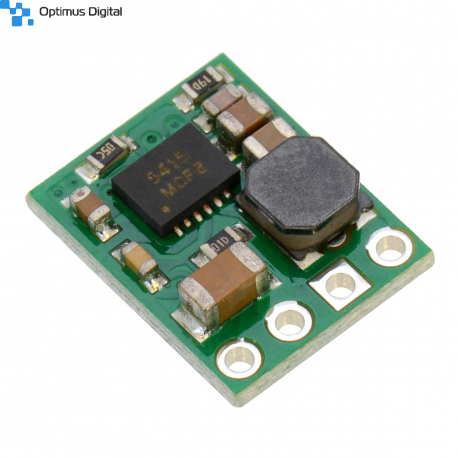 Mărește
Mărește
Sursă Coborâtoare de Tensiune de 2.5V, 500mA Pololu D24V5F2
0104110000071255
Produs nou
Sursă Coborătoare de Tensiune de 2.5V, 500mA Pololu D24V5F2 utilă în proiectele dumneavoastră ce folosesc circuite integrate la tensiune mică, de 1.8V.
Produsele care pot apărea în imagini precum breadboard, fire, surse etc, sunt utilizate cu titlu de sugestie de prezentare.
Acest produs nu mai este in stoc
- Scrie o recenzie
- Elimina acest produs din lista mea de favorite.
- Adauga acest produs la lista mea de favorite.
- Imprimă
Informații
Caracteristici tehnice:
- Tensiune de intrare: 3V - 36V;
- Tensiune de ieșire: 2.5V;
- Curent maxim de ieșire: 500mA;
- Eficiență tipică: între 80% și 93%, în funcție de punctul de funcționare;
- Frecvență de funcționare: 500kHz (în modul activ);
- Curent maxim de scurgere în gol: 200uA;
- Protecție la supratemperatură și supracurent;
- Dimensiuni: 13 x 10 x 3 mm.
Acest produs reprezintă o sursă în comutație coborâtoare de tensiune construită în topologie buck. Ea oferă o tensiune de ieșire de 2.5V utilă pentru proiectele dumneavoastră în care lucrați cu circuite integrate Low Voltage CMOS și oferă un randament de până la 93%, astfel că energia risipită este foarte mică.
Dimensiunile sursei sunt foarte mici, permițându-vă să o includeți chiar și în cele mai mici locuri. Pentru a economisi energie, sursa vă oferă posibilitatea de a o inchide cu ajutorul unui pin de shutdown.
Pentru mai multe infromații, consultați pagina producătorului.
Recenzii
Clienții care au cumpărat acest produs au mai cumpărat:
-
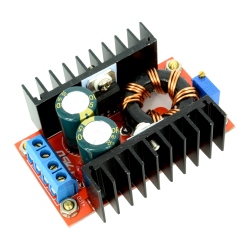
Modul DC-DC...
Modulul DC-DC Boost 150W este sursa ridicatoare...
$4.16
-
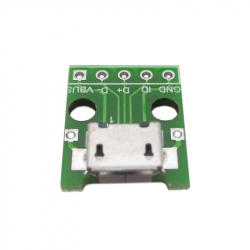
Modul...
Modul adaptor micro usb utilizat pentru a...
$0.41
-
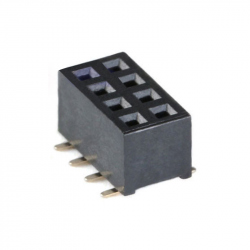
Header de...
Header de Pini Mamă SMD de 1.27 mm 2 x 4p
$0.19
-
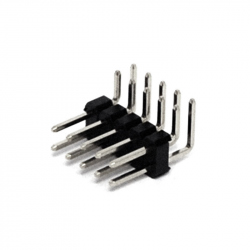
Header de...
Header de Pini Tată la 90° de 2.54 mm 2 x 5p
$0.24
-
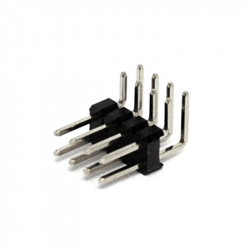
Header de...
Header de Pini Tată la 90° de 2.54 mm 2 x 4p
$0.17
-
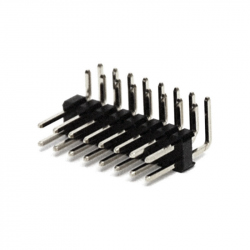
Header de...
Header de Pini Tată la 90° de 2.54 mm 2 x 8p
$0.36
-
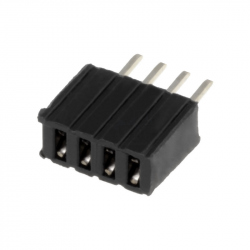
Header de...
Header de Pini Mamă de 1.27 mm 4p
$0.12
-
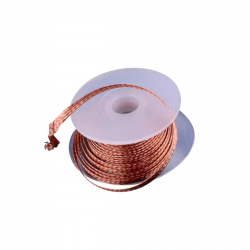
Tresa...
Tresa Absorbanta 3 mm 1.5 m
$1.92
-
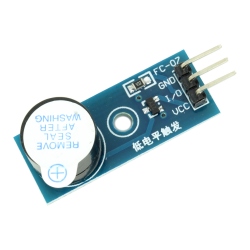
Modul cu...
Modulul cu buzzer este ideal pentru a vă testa...
$0.72
-
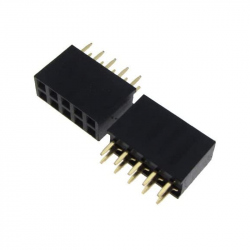
Header de...
Header de Pini Mamă de 2.54 mm 2 x 5p
$0.14






